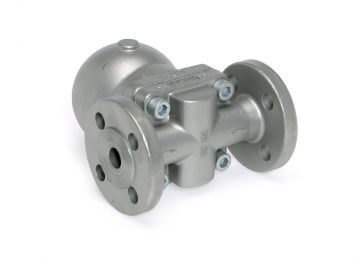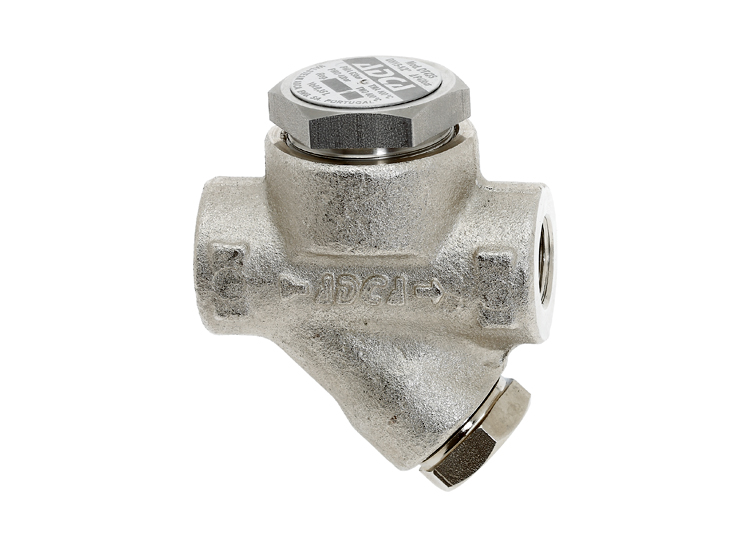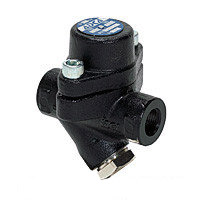
What is a steam trap and how does it work?
In industrial settings, it’s commonplace for steam to be used for heating or as a driving force for mechanical power. As such, manufacturers in a wide range of industries had to find a way to trap steam in order to use it to create an energy source. So, what is a steam trap and what do steam traps do? Continue reading this informative guide from BM Engineering to find out.
What is a steam trap?
As previously mentioned, steam is used to power mechanical devices and applications. To do this, the steam must be trapped. A steam trap is a type of automatic valve that filters out condensed steam and non-condensable gases, like air, without letting any steam escape. Steam traps are used in industry to ensure that no steam is wasted.
A steam trap purges condensate out of the system which allows steam to reach its destination in as dry a condition as possible. It does this in order to perform its task as efficiently and economically as it can.
The level of condensate a steam trap must work with can vary from system to system. It might have to discharge condensate the moment it forms in the steam space or it may discharge below steam temperature, which gives up some of its heat in the process.
What do steam traps do?
There are five main types of steam traps, which are: Thermodynamic, Float and thermostatic, Inverted bucket, Thermostatic and Bimetallic. All types of steam trap serve to keep steam trapped in a steam loop while extracting the condensate. The condensate loop then feeds into a tank and, from there, the water is either processed and returned to the boiler or it’s cooled and discharged as waste.
Operators of steam systems need to know that steam traps are working effectively in order to perform their roles. They must select the right size and type based on load levels, process and cycling requirements, longevity, and much more.
Which applications require a steam trap?
There are a wide range of applications that require the use of a steam trap in order to drain excess condensate while also retaining steam to utilise. Some applications that use steam traps are:
- Drip applications – Steam traps are most commonly used within drip applications, which involves removing condensate formed in steam lines when the steam has lost its heat energy. For drip applications, you would use a thermodynamic steam trap.
- Process applications – In process applications, a float and thermostatic steam traps are used to remove condensate and air from a specific heat transfer process, like a heat exchanger or a radiator.
- Tracing applications – Steam tracing applications use steam to raise the temperature of a product by using steam-filled tubing or jacketed pipes around the object. As the steam circulates around the product, it increases in heat. For tracing applications, inverted bucket type steam traps are most commonly used.
Steam traps at BM Engineering
At BM Engineering, we supply a comprehensive range of steam traps to a wide variety of industries and for a range of applications. Since launching in 1999, we have grown to become one of the primary suppliers of valves to many process industry businesses in Scotland. Boasting more than 40 years of combined experience in the valve industry, BME is an official supplier of Valsteam ADCA’s extensive range of steam equipment.
With that in mind, our technical team has an in-depth knowledge of steam trap applications. We can offer unbeatable advice and practical solutions to guarantee that your steam applications run as efficiently and cost-effectively as possible.
For more information about our instrumentation range, please contact us today. You can speak to one of our knowledgeable technical experts at BM Engineering by calling 0141 762 0657 or by emailing sales@bmengineering.co.uk.



